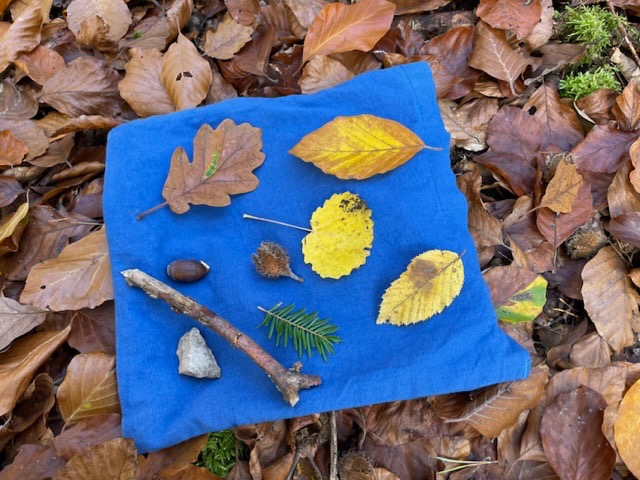Easter baskets or Easter ester are traditionally designed with Easter grass in many. Here you will find 10 alternatives, which is also suitable for filling.
The best way is to use materials that you don't have to buy, are sustainable and at best you even have at home.
Let yourself be inspired!
Media Education for Kindergarten and Hort

Relief in everyday life, targeted promotion of individual children, independent learning and - without any pre-knowledge already usable by the youngest!

Find a basket, a flat bowl or a deep plate.
Or make an Easter nest yourself (Ideas can also be found here in the Adventure Market!)
Purchased Easter grass can easily be replaced by other materials that are more sustainable or natural!
Ideas to imitate:
Fresh wood chips are very well suited to design a basket as an Easter nest.

Put the wood chips loosely in the basket, so your snacks and eggs lie nicely soft.



Now you can fill the nest.



Wood wool is very malleable due to the thin wood fibres and adapts well to the basket.



If the wood wool pulls apart something, you don't need much and it lies nicely loose.
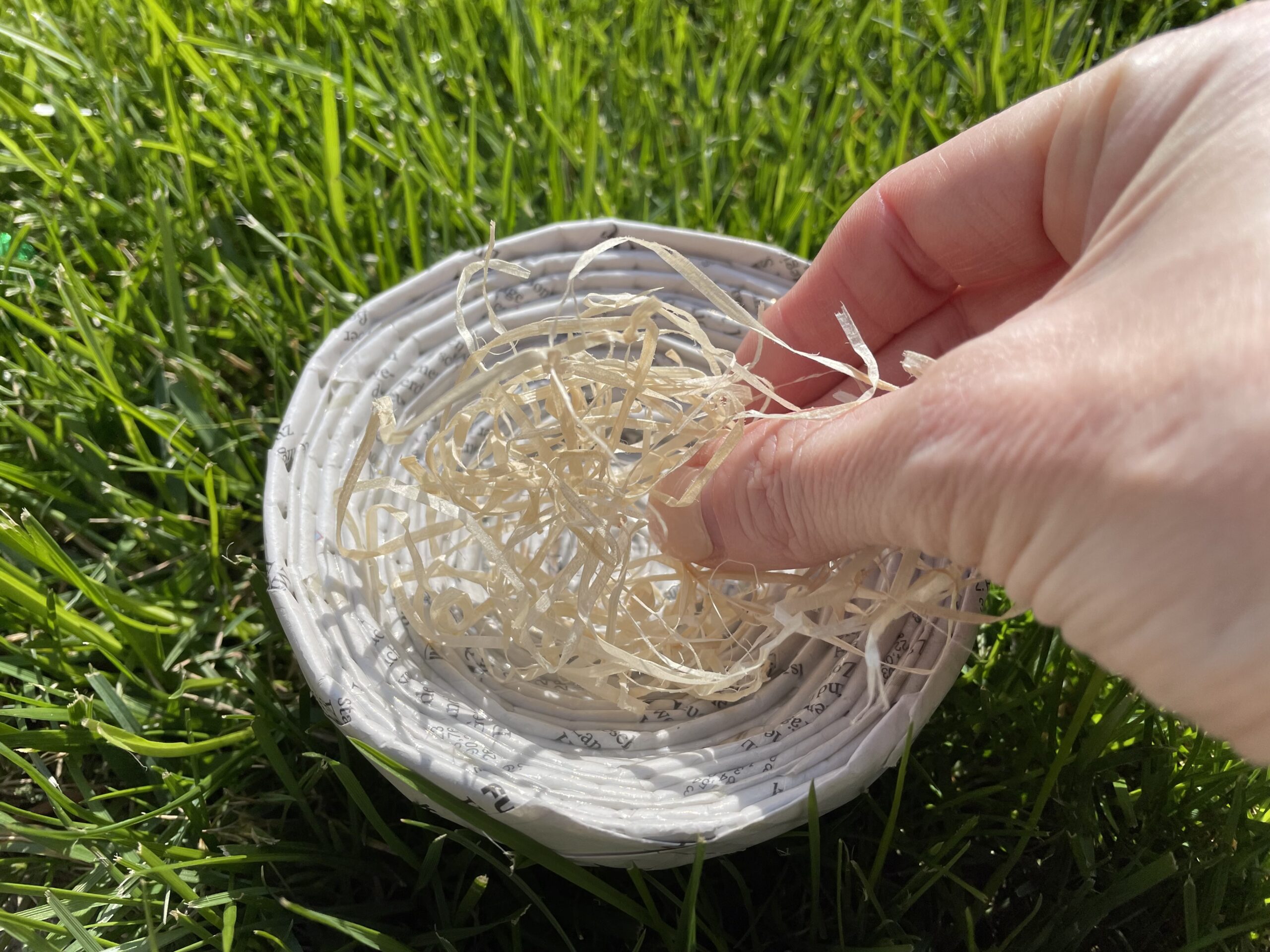


The contents of the basket are on a soft material.
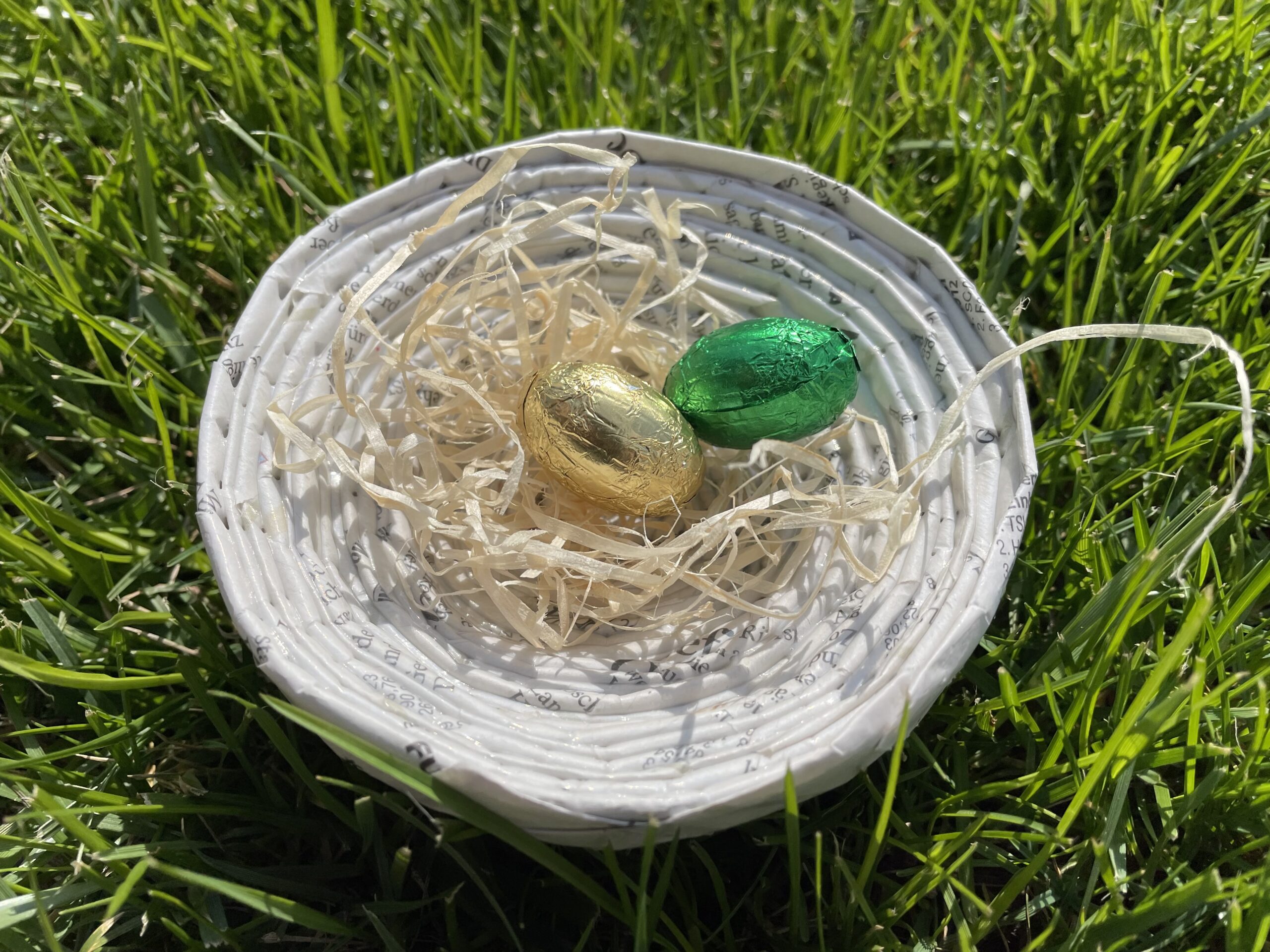


Probably the softest filling material you get with Pampasgrass prunes.
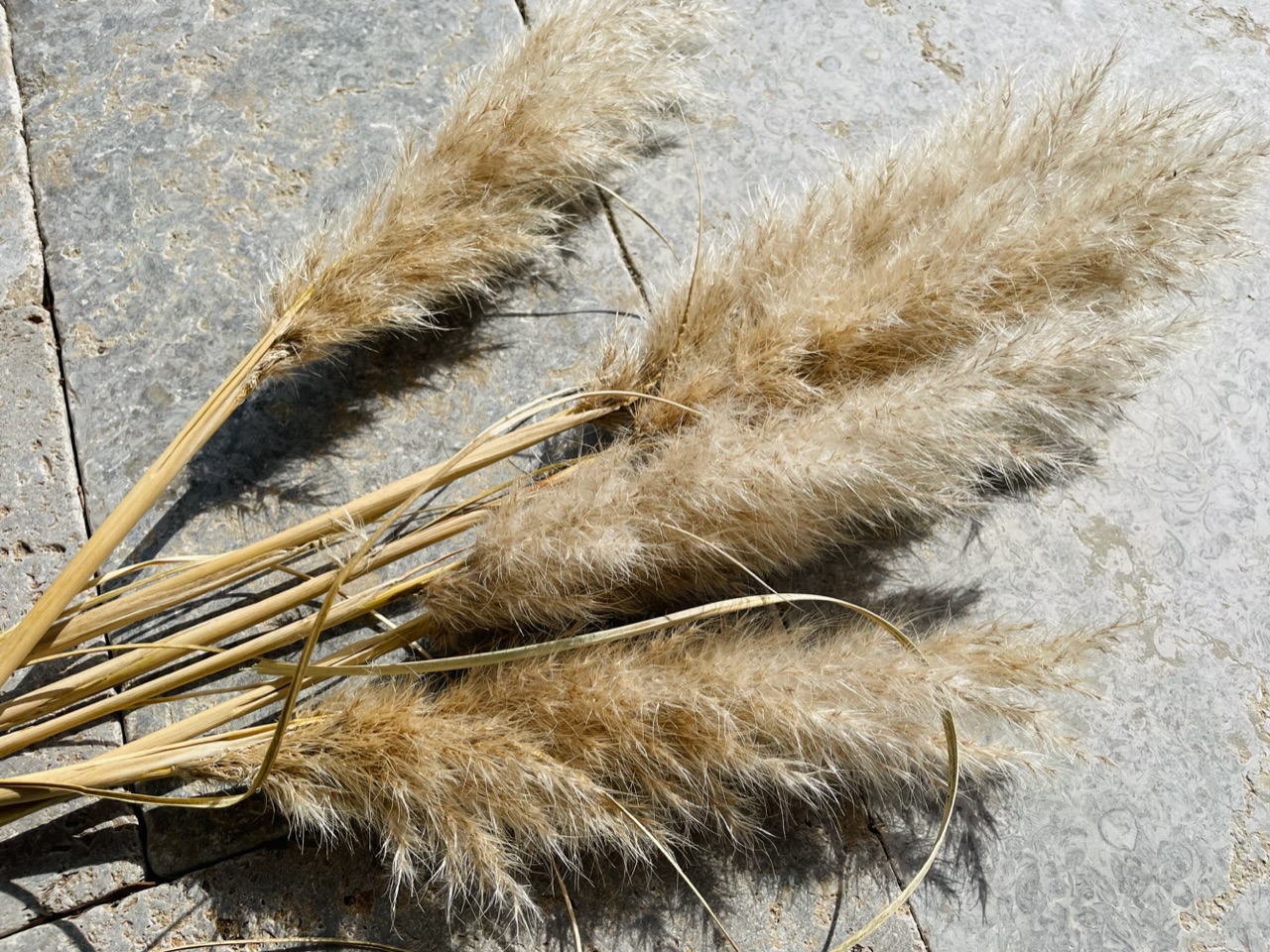


Cut off the fluffy bins and place them in the basket in a circular shape.



Cuddly soft is now the nest.



All we need now is the Easter eggs.



One of the most popular filling materials for a nest is moss. However, since this is also a habitat for many small creatures, you should only use it very sparingly.



Put the moss with the beautiful top up in the basket.
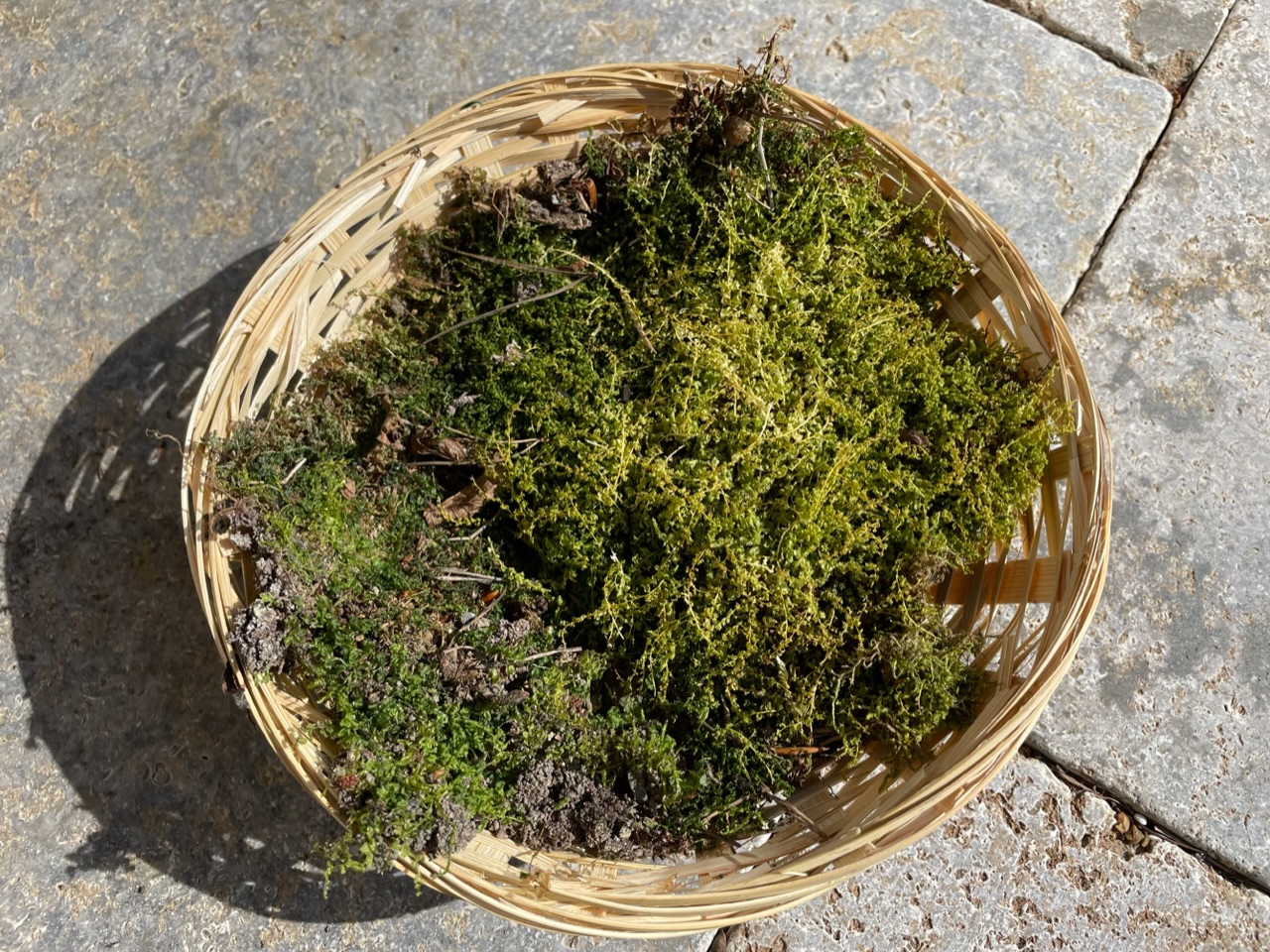


Now the nest is ready.
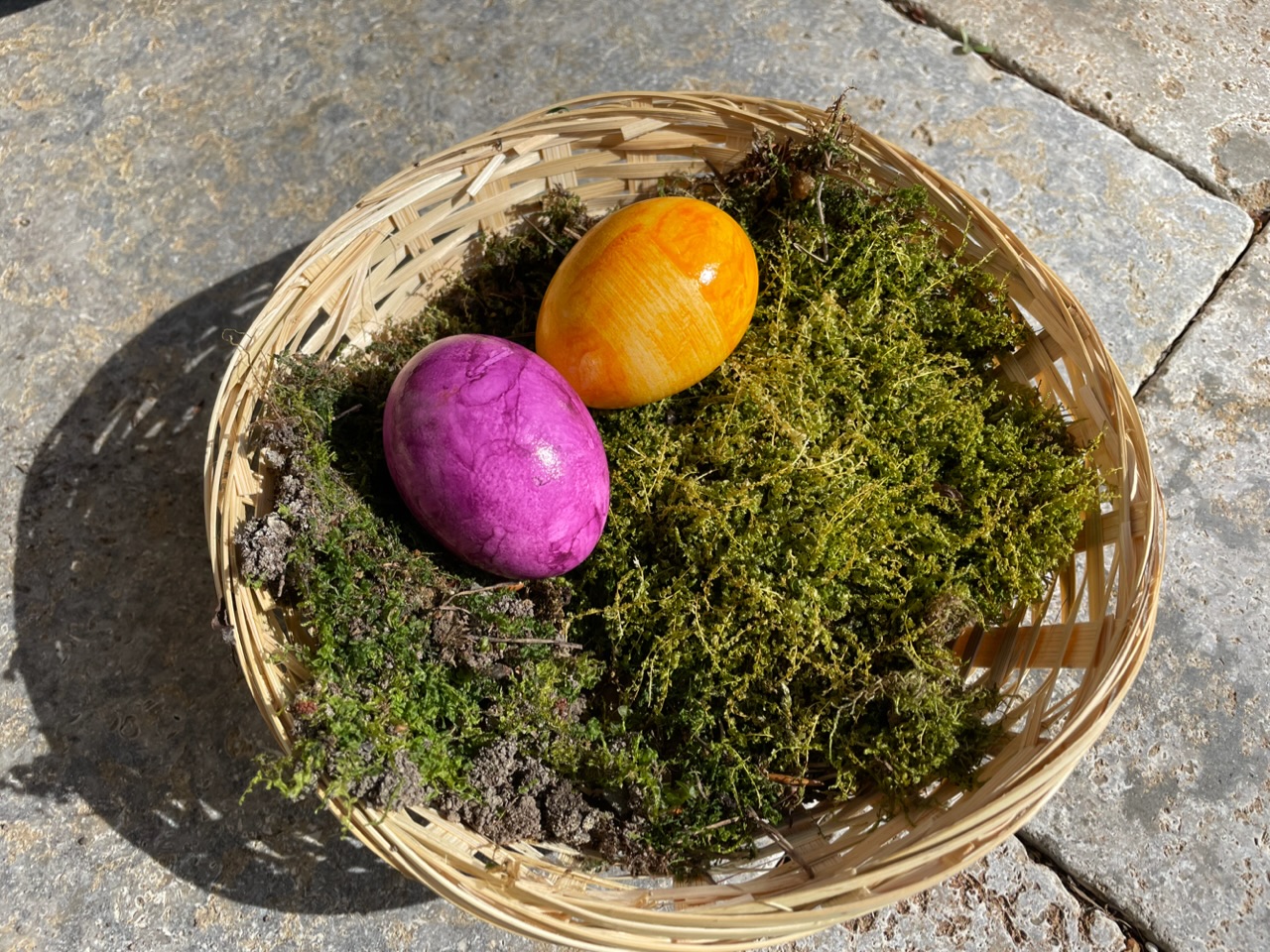


As an upcyclide you can use paper strips from old newspapers or advertising brochures (then it will be colorful), which you get by shredding the paper.



Pulls the paper strips loosely apart. So they are also ideal for filling.
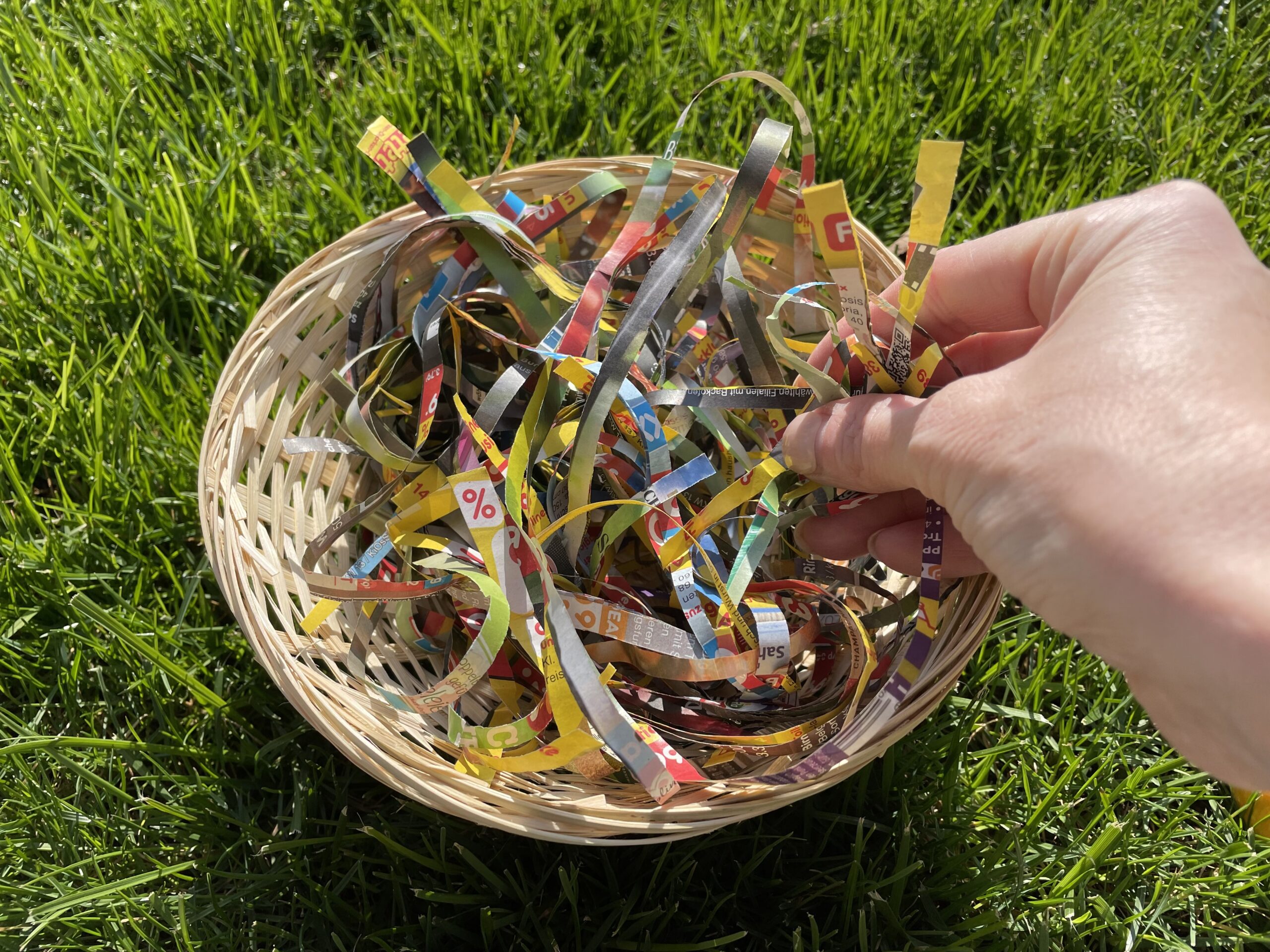


Your nest is ready.



This waste product from nature is also suitable for padding a nest.
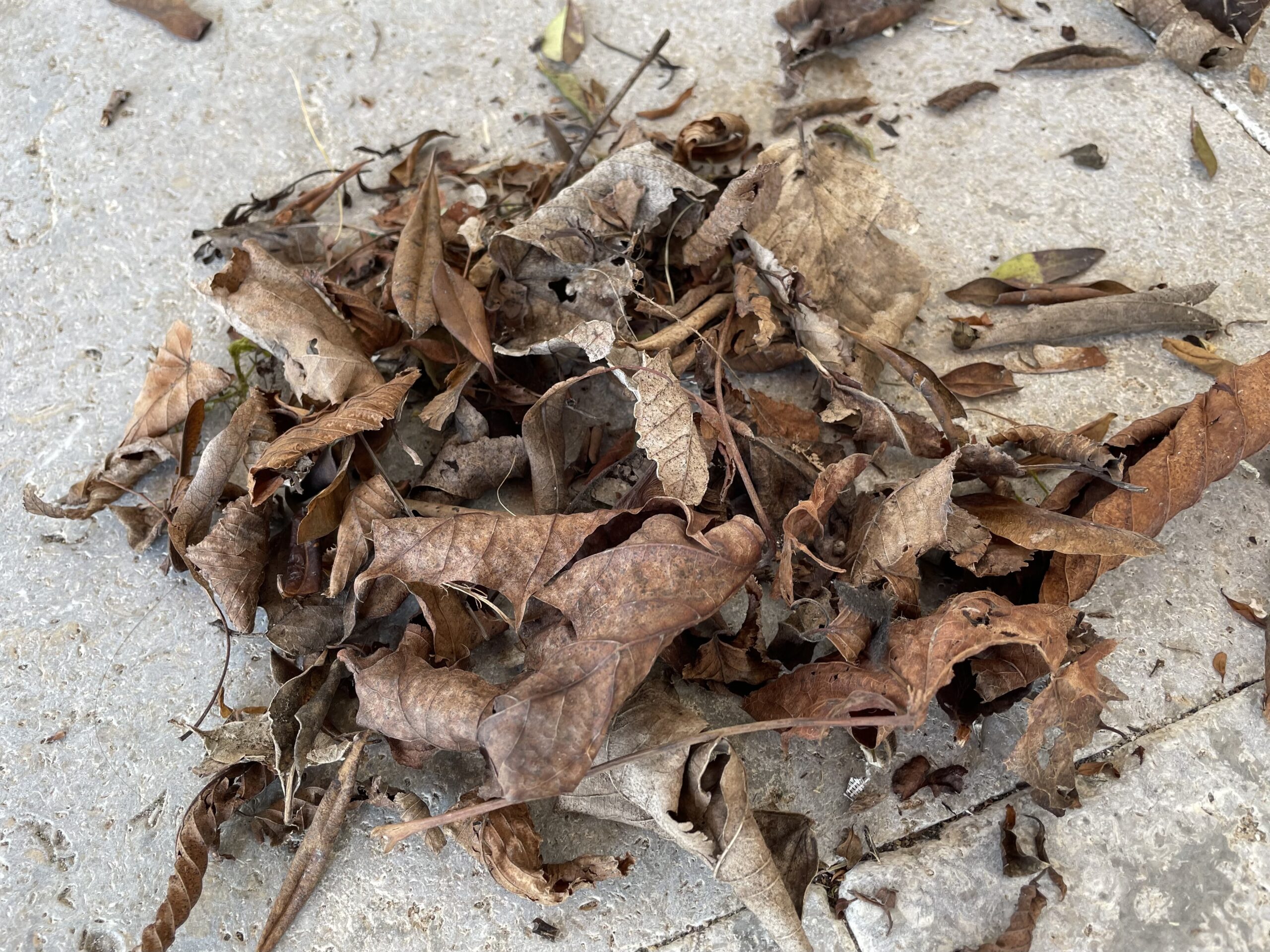


Use clean and dry foliage. You can find this in the garden or in the forest. A handful of leaves are already available here.
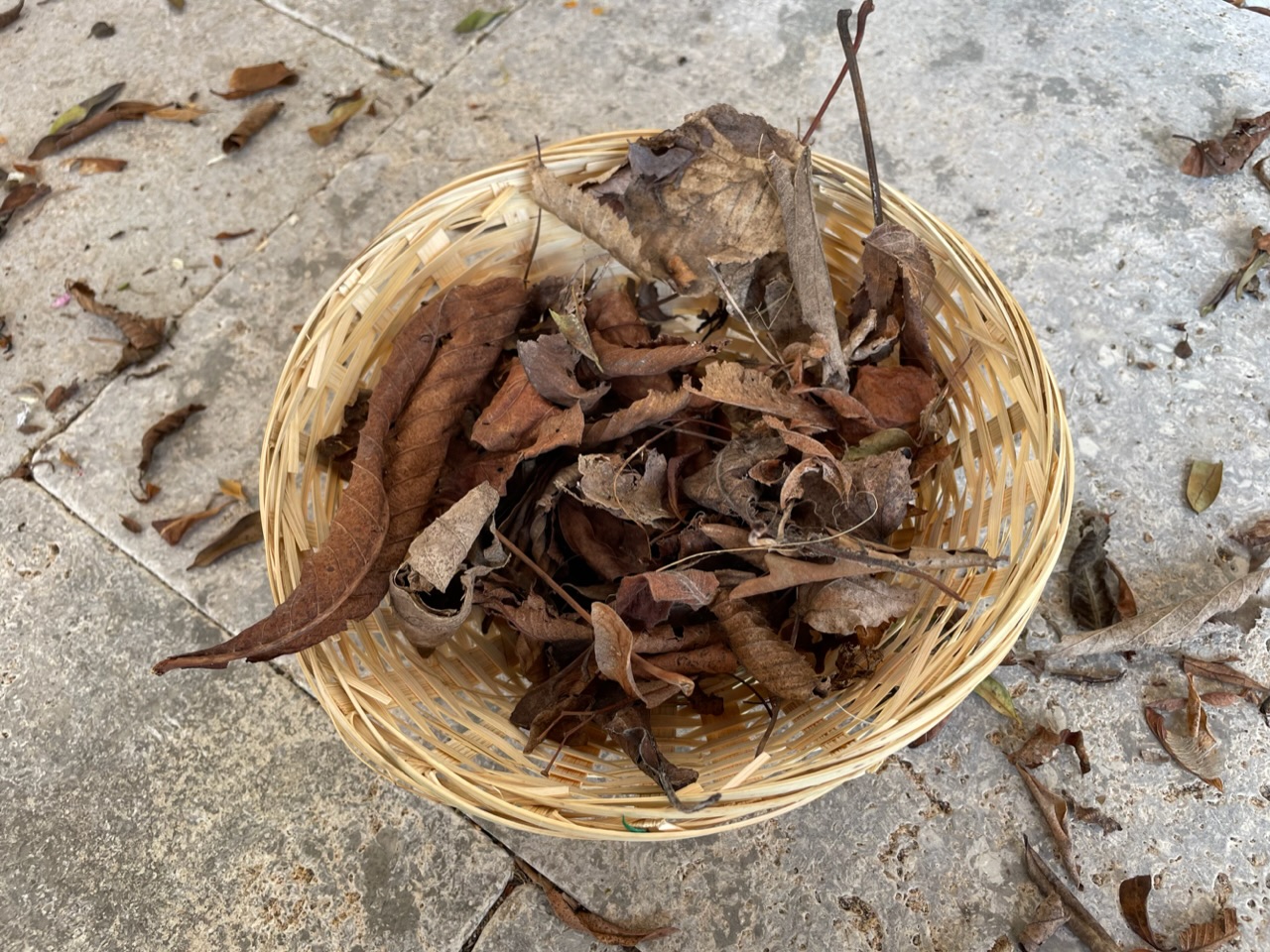


Here, too, you can put your Easter eggs in it.
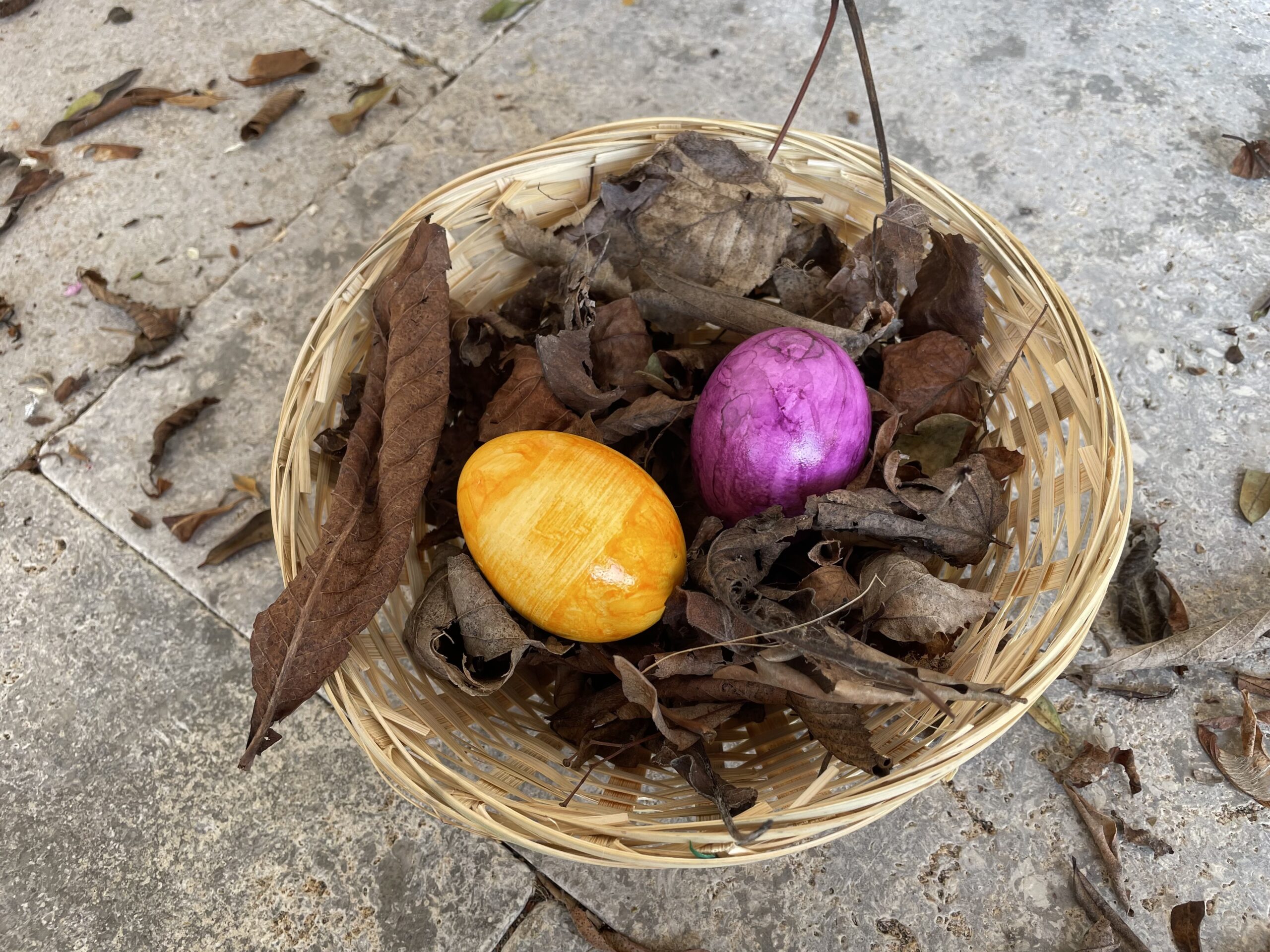


Straw is already used in the henhouse as a nesting layer. Why not use it for Easter nests?
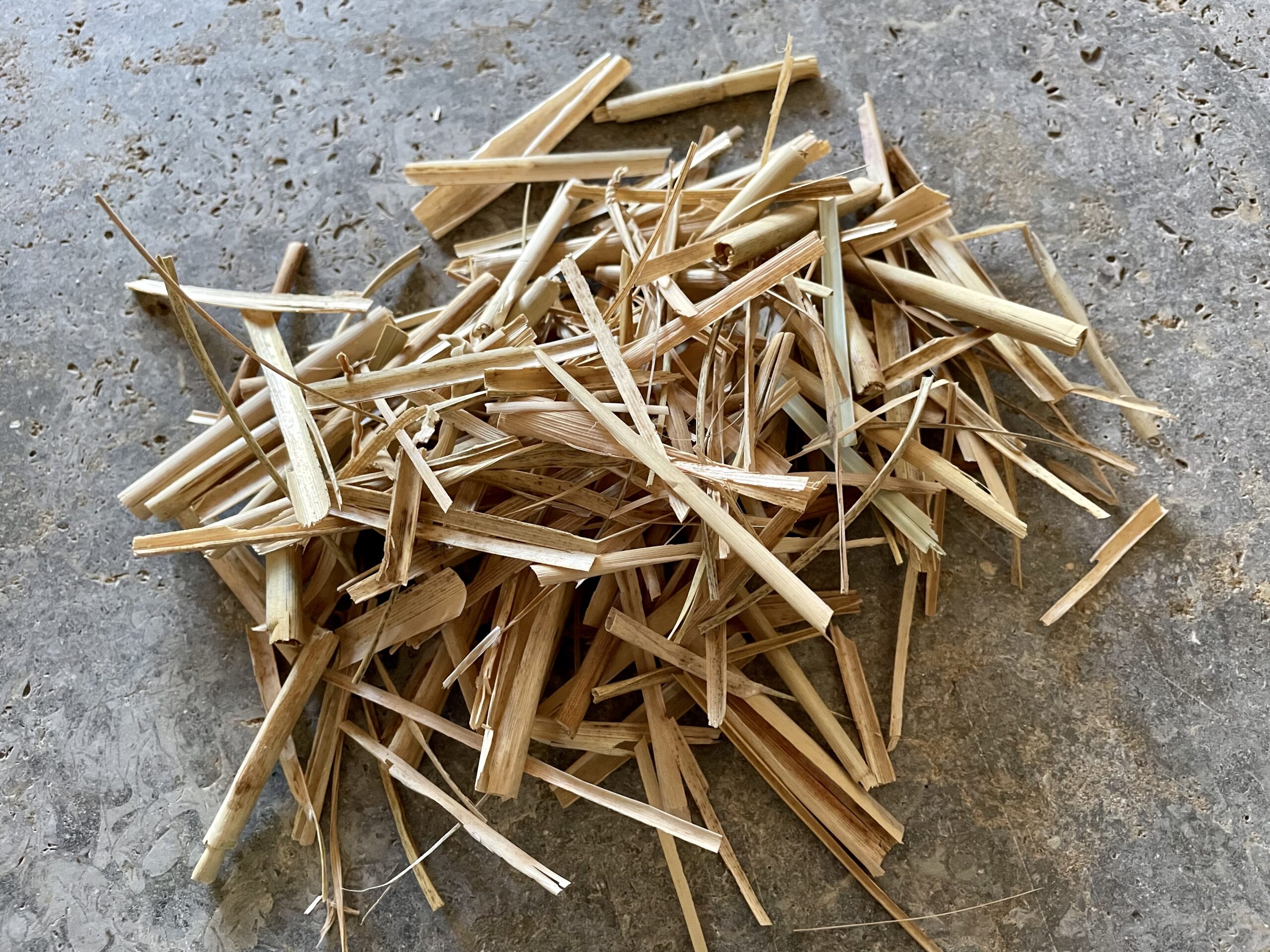


The Easter eggs also have a soft base in the straw.



The same applies to hay. This is finer from the structure and therefore even softer than straw.
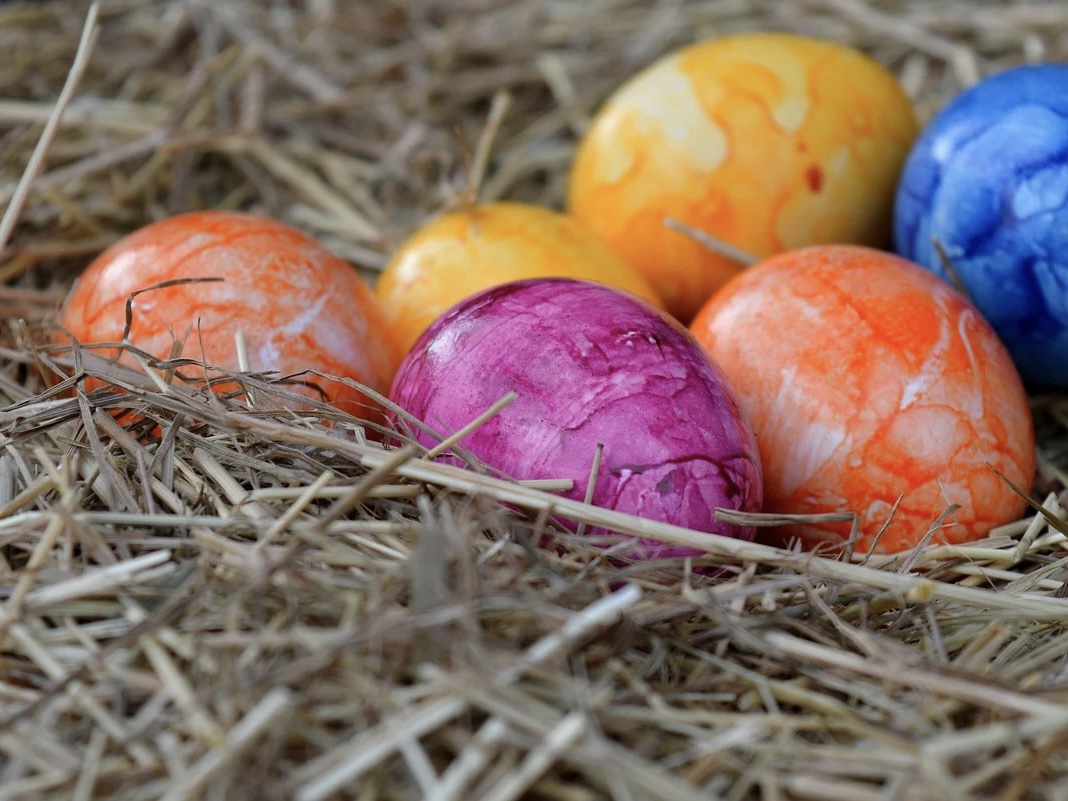


Upholster your Easter basket and fill it.
If you don't have anything else at your hand, do a dishcloth or napkin.
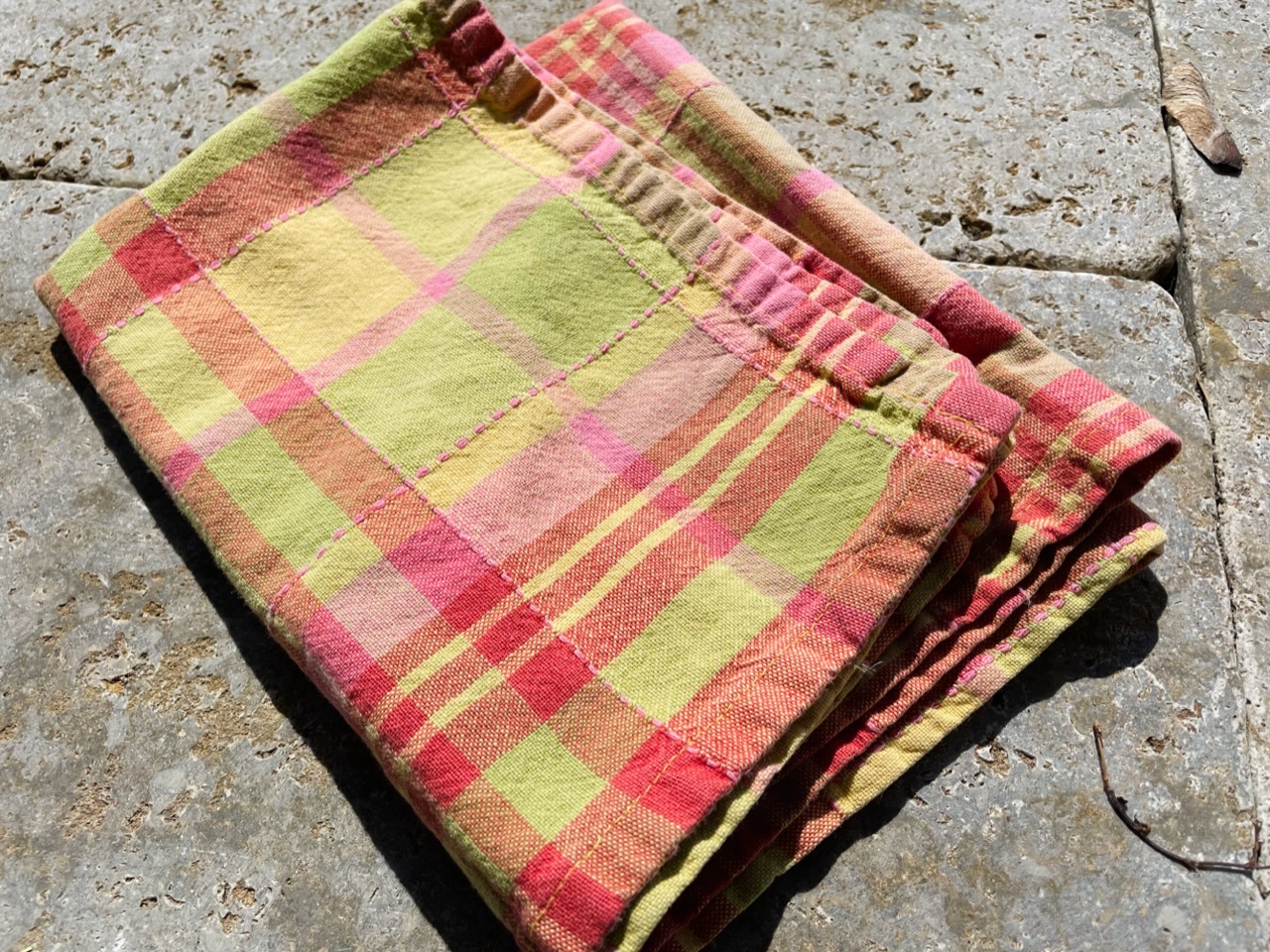


Put them in the basket in a circle.
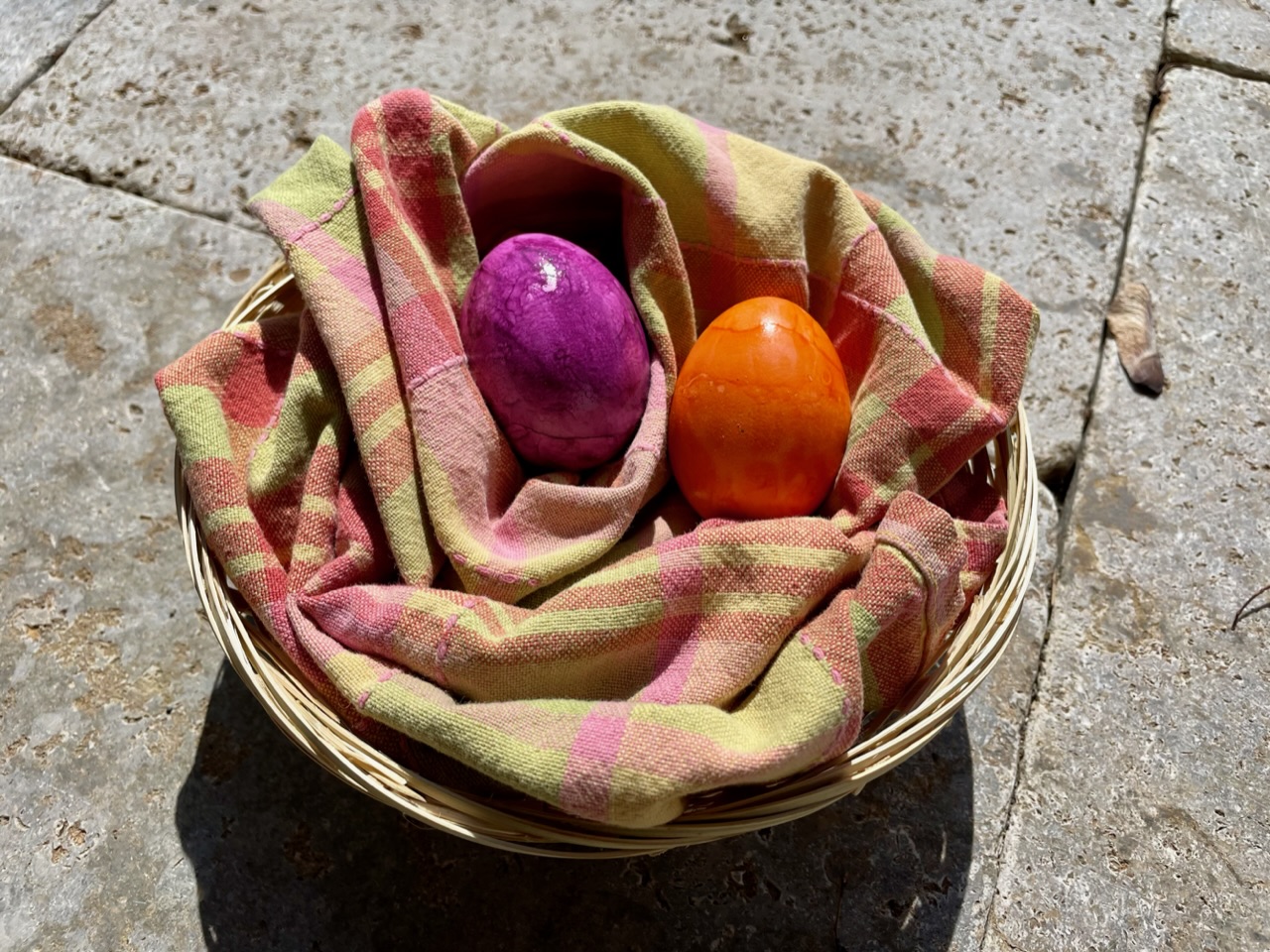


You will find bark mulch in many gardens. For an Easter nest a fine structure is particularly suitable.
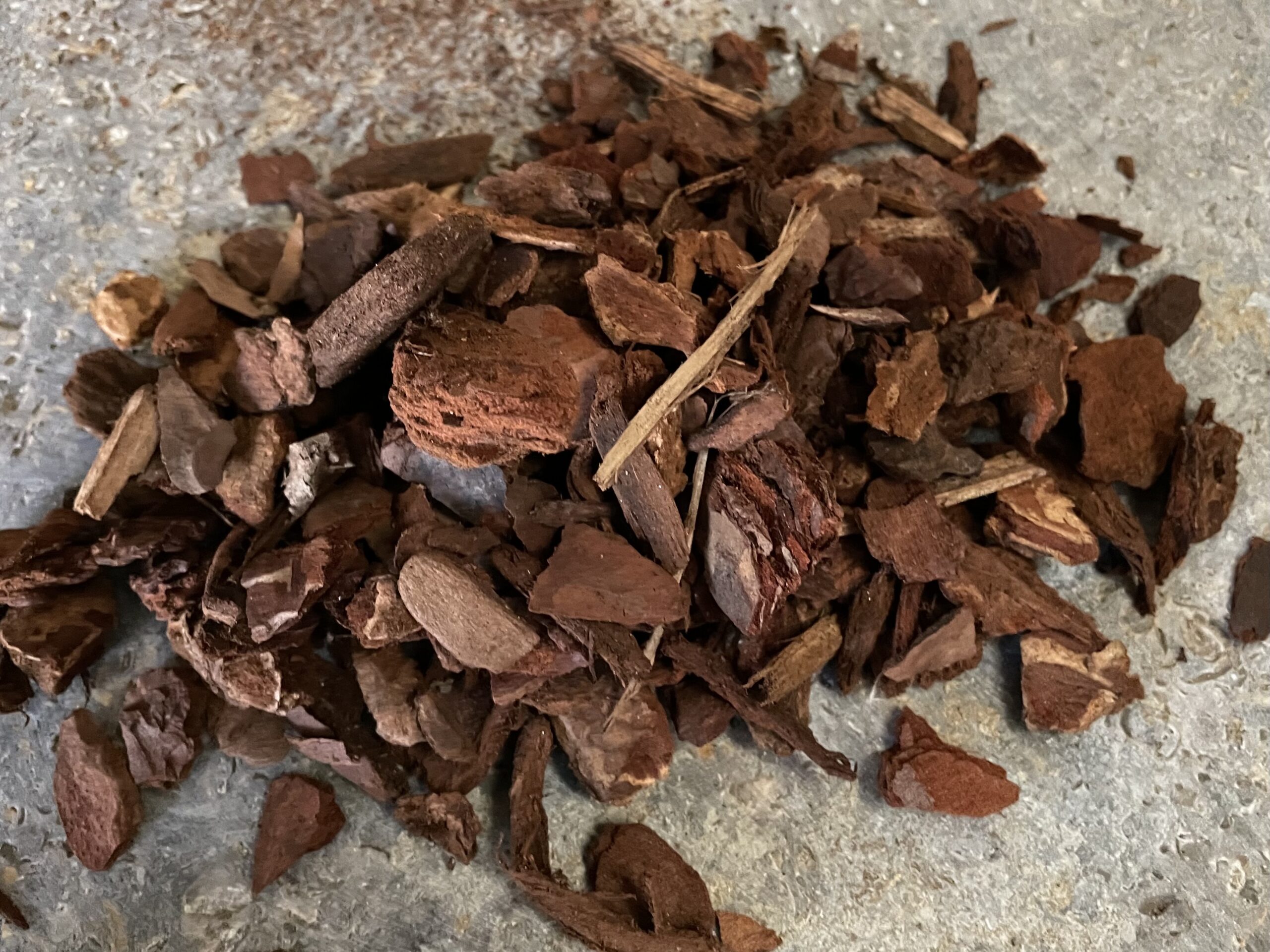


Spread a handful in the basket and place your Easter eggs in it.



Maybe there are still ideas that have not been performed here!
If she writes to us in the comments, we will gladly take her with us!
Have fun trying out.
Materials
Directions
Find a basket, a flat bowl or a deep plate.
Or make an Easter nest yourself (Ideas can also be found here in the Adventure Market!)
Purchased Easter grass can easily be replaced by other materials that are more sustainable or natural!
Ideas to imitate:
Fresh wood chips are very well suited to design a basket as an Easter nest.



Put the wood chips loosely in the basket, so your snacks and eggs lie nicely soft.



Now you can fill the nest.



Wood wool is very malleable due to the thin wood fibres and adapts well to the basket.



If the wood wool pulls apart something, you don't need much and it lies nicely loose.



The contents of the basket are on a soft material.



Probably the softest filling material you get with Pampasgrass prunes.



Cut off the fluffy bins and place them in the basket in a circular shape.



Cuddly soft is now the nest.



All we need now is the Easter eggs.



One of the most popular filling materials for a nest is moss. However, since this is also a habitat for many small creatures, you should only use it very sparingly.



Put the moss with the beautiful top up in the basket.



Now the nest is ready.



As an upcyclide you can use paper strips from old newspapers or advertising brochures (then it will be colorful), which you get by shredding the paper.



Pulls the paper strips loosely apart. So they are also ideal for filling.



Your nest is ready.



This waste product from nature is also suitable for padding a nest.



Use clean and dry foliage. You can find this in the garden or in the forest. A handful of leaves are already available here.



Here, too, you can put your Easter eggs in it.



Straw is already used in the henhouse as a nesting layer. Why not use it for Easter nests?



The Easter eggs also have a soft base in the straw.



The same applies to hay. This is finer from the structure and therefore even softer than straw.



Upholster your Easter basket and fill it.
If you don't have anything else at your hand, do a dishcloth or napkin.



Put them in the basket in a circle.



You will find bark mulch in many gardens. For an Easter nest a fine structure is particularly suitable.



Spread a handful in the basket and place your Easter eggs in it.



Maybe there are still ideas that have not been performed here!
If she writes to us in the comments, we will gladly take her with us!
Have fun trying out.
Follow us on Facebook , Instagram and Pinterest
Don't miss any more adventures: Our bottle mail







